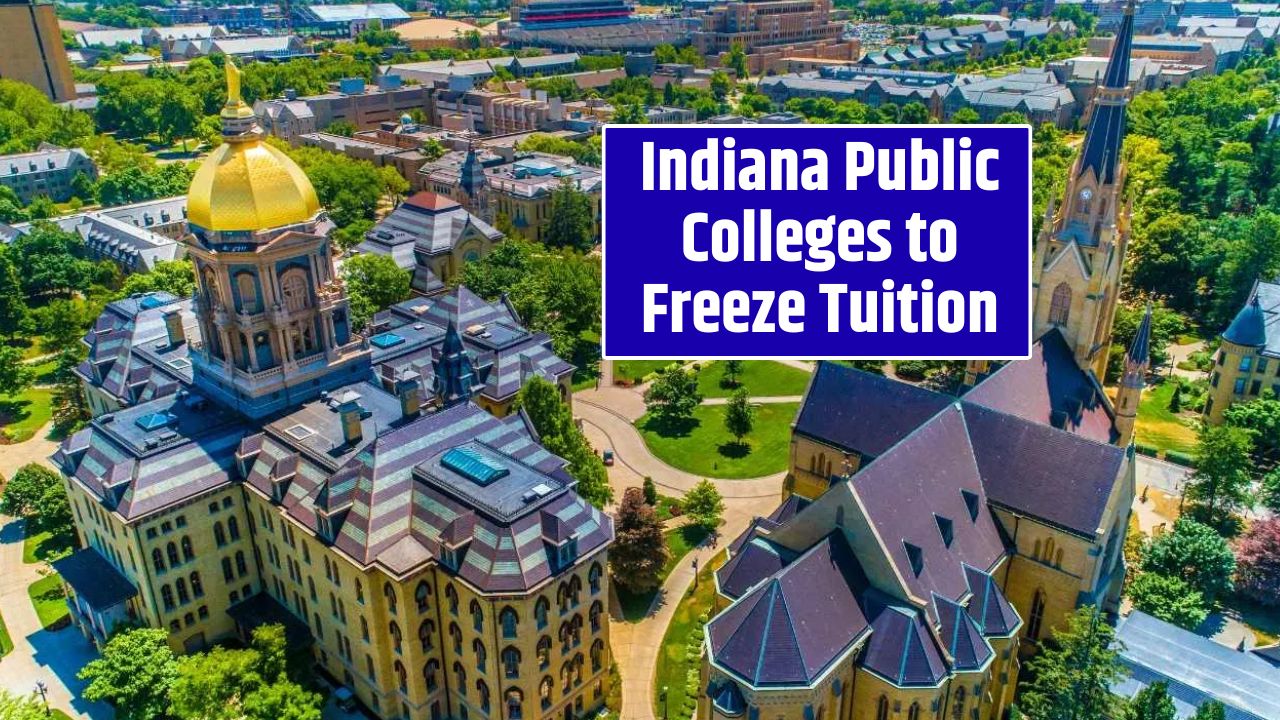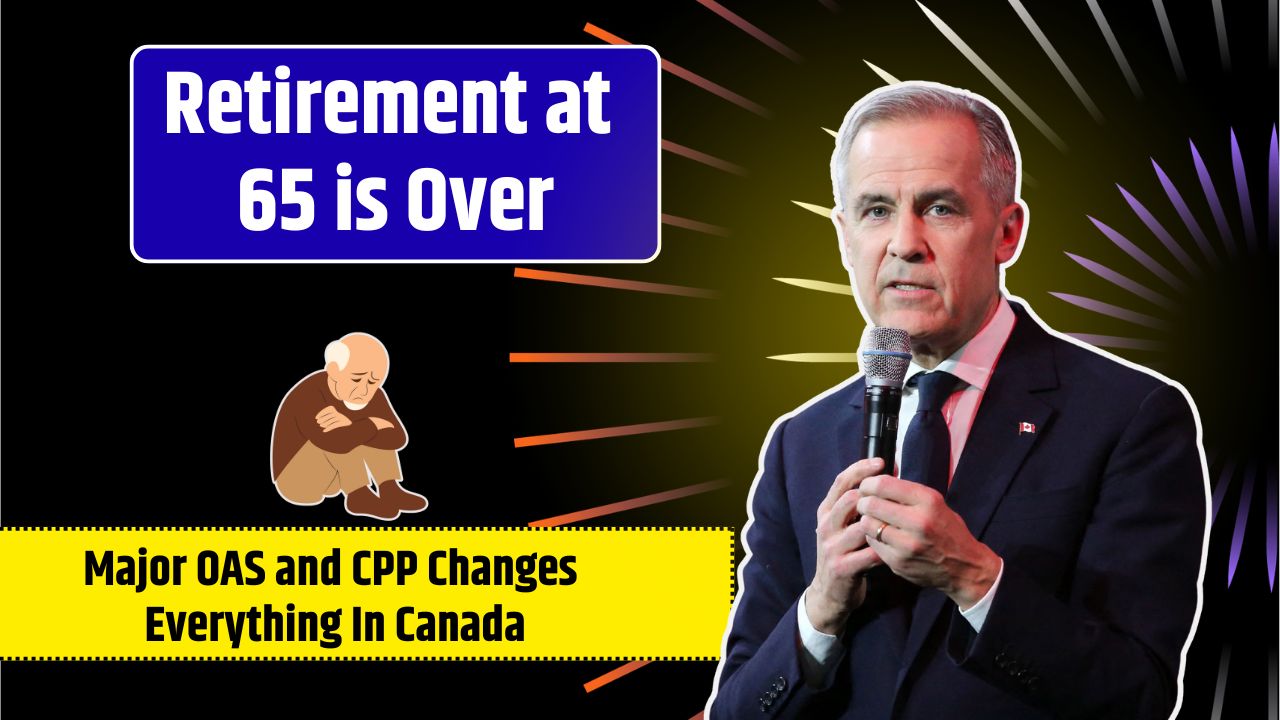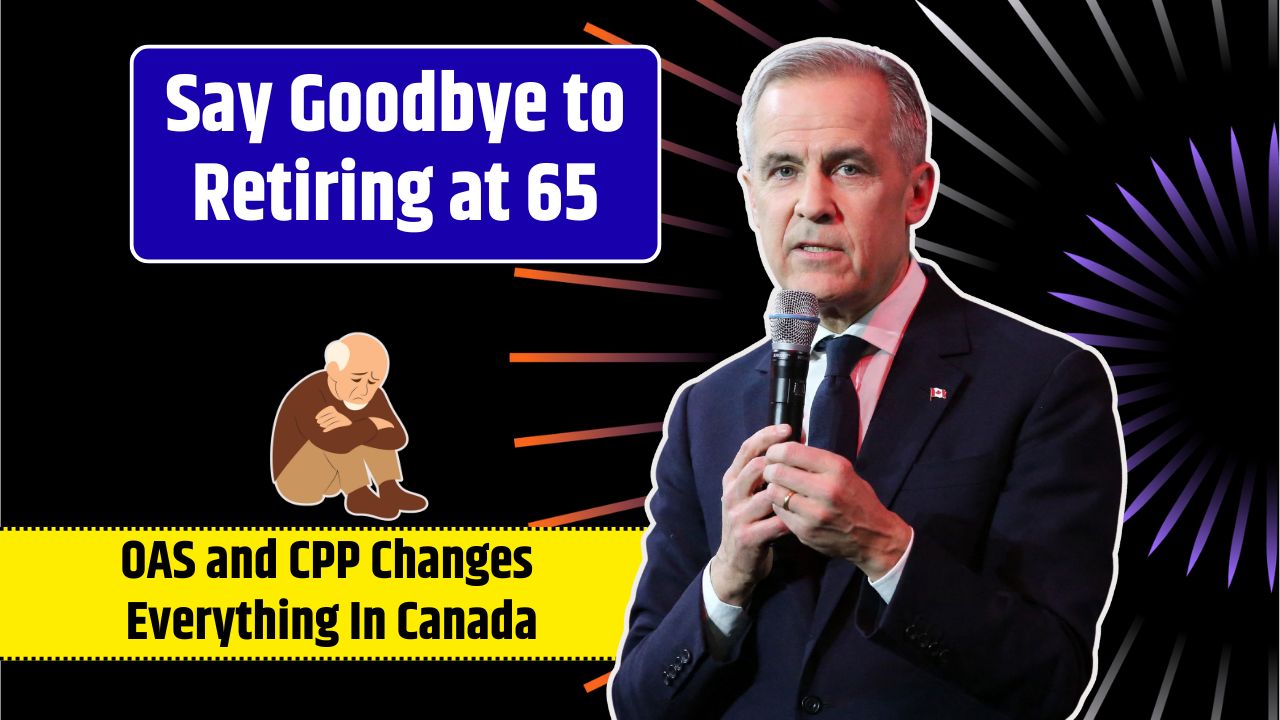In a major move aimed at easing the financial burden of higher education, Indiana Governor Mike Braun has announced that all 15 of the state’s public colleges and universities will freeze in-state undergraduate tuition and mandatory fees for the next two academic years. This marks a significant policy shift that could impact thousands of Hoosier students and families—and potentially set a precedent for other states.
Table of Contents
What the Tuition Freeze Means for Students
Tuition freezes are rare, and statewide freezes like this are even more so. This decision means that students attending any of Indiana’s public institutions won’t face tuition increases through at least the 2026-2027 academic year. That stability offers relief to students already juggling rising costs for housing, books, transportation, and other college-related expenses.
For students like Kiki Garcia, a non-traditional student at Ivy Tech, this freeze is more than just a line item in a budget—it’s a lifeline. Garcia returned to school at age 24 due to financial setbacks and praised the move as “a boon to everyone,” calling education “invaluable.”
First Time in Over a Decade
According to state records, this is the first time since 2010 that more than two Indiana campuses have frozen tuition simultaneously. While Purdue University has famously led the way with 14 straight years of frozen tuition under former President Mitch Daniels, other universities had not widely followed suit—until now.
Governor Braun’s push for a unified tuition freeze reflects growing concerns about the affordability of college in Indiana. Many Hoosier families have struggled to keep up with increasing education costs, prompting state leaders to act.
Finding Efficiencies Without Sacrificing Quality
Braun emphasized that public colleges and universities must find internal efficiencies to make this freeze sustainable. That could include restructuring programs, streamlining administrative services, or adopting new financial management strategies. However, he was quick to add that these cost-saving measures shouldn’t come at the expense of educational quality.
“We can depend on our institutions to run their education business efficiently,” Braun said, “so parents know they’re investing in a degree that will lead to a good job without breaking the bank.”
A Look at the Schools Freezing Tuition
Here’s the full list of Indiana’s public colleges and universities participating in the two-year tuition freeze:
| Institution | Type |
|---|---|
| Ball State University | Public University |
| Indiana State University | Public University |
| Indiana University Bloomington | Flagship Campus |
| Indiana University East | Regional Campus |
| Indiana University Indianapolis | Urban Campus |
| Indiana University Kokomo | Regional Campus |
| Indiana University Northwest | Regional Campus |
| Indiana University South Bend | Regional Campus |
| Indiana University Southeast | Regional Campus |
| Ivy Tech Community College | Community College |
| Purdue University West Lafayette | Flagship Campus |
| Purdue University Fort Wayne | Regional Campus |
| Purdue University Northwest | Regional Campus |
| University of Southern Indiana | Public University |
| Vincennes University | Public University |
A Model for the Future?
Governor Braun pointed to Purdue University’s long-standing tuition freeze as proof that this approach is not only possible but sustainable. Purdue has maintained tuition at the same level since 2012, all while climbing in national rankings and expanding its enrollment and programs. Braun believes this model could be replicated statewide if institutions manage their finances prudently.
If the current freeze proves successful, it may continue beyond the initial two-year period. That possibility offers hope for a long-term reduction in the financial barriers that keep many from pursuing a college degree.
Indiana’s tuition freeze represents a significant commitment to accessible education and financial relief for families. If managed effectively, it could become a roadmap for other states grappling with the same affordability crisis.
























